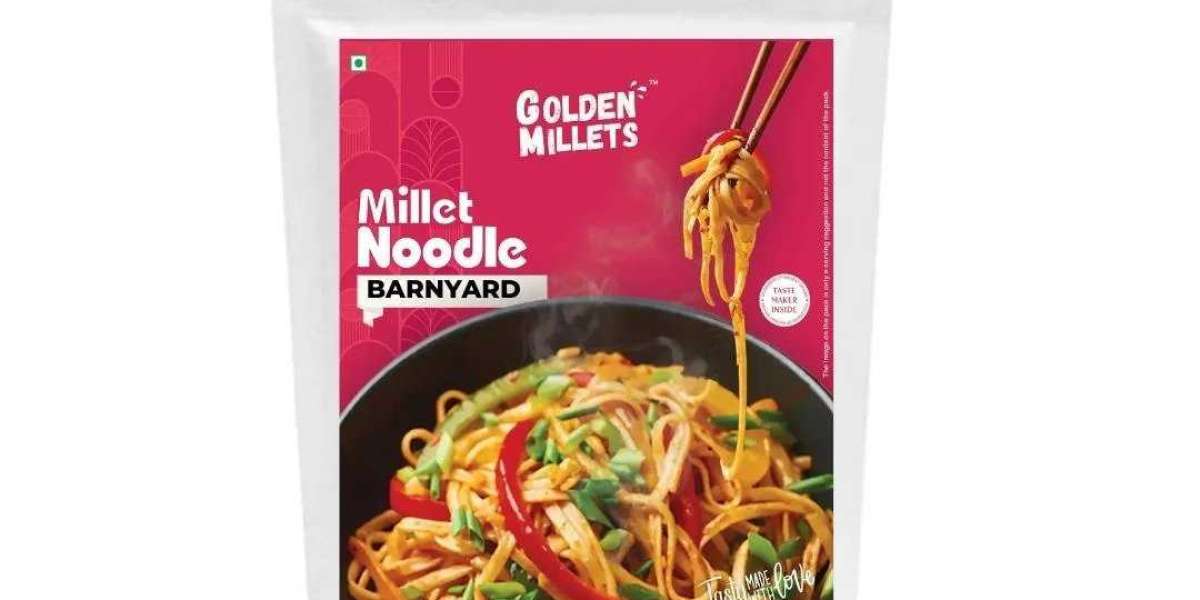When you are gluten sensitive, it can be challenging to figure out how to eat your favorite pasta dish. Luckily, there are more and more options at your grocery store that help you avoid wheat. In fact, you can find gluten free noodless made from rice, beans and quinoa. Plus, most of them taste just as good as the traditional kinds. Here's what to know about the different gluten-free pasta options so you can make the best choices for your family.
Alternative
Whether you have Celiac disease or are simply trying to cut gluten out of your diet, the selection of healthy noodles is huge. Most gluten-free noodles are crafted from one or more alternative grains (like rice, corn or quinoa), but some are made from legumes and vegetables. For example, mung bean and chickpea pasta (available under brands like Barilla or Banza) or buckwheat soba noodles are good choices for those who can't eat wheat.
Many of these gluten-free noodles also contain extra nutrition. For example, green pea pasta contains protein, vitamin C, thiamine, niacin and folate. Red lentil pasta provides dietary fiber, which helps lower cholesterol and blood sugar levels. And buckwheat pasta has antioxidants and is a source of magnesium, zinc, iron, copper and phosphorus.
The nutrient content of each gluten-free noodle varies depending on the ingredient, but most are high in fiber. Some of these noodle alternatives are also a great source of protein and iron.
For the most similar texture to traditional pasta, stick with brown rice noodles. They tend to hold their shape well and have the least amount of flavor of all these types. Jovial's brown rice pasta (I recommend their bow ties), Tinkyada's macaroni elbows and the Thrive Market wonder noodles (made with glucomannan, a fiber from the root of Asian konjac yam) are all great options.
Type
Another type of gluten-free noodle is the soba noodle, which is made from buckwheat flour and is traditionally used in Japanese recipes. Soba noodles are hearty and versatile, able to be eaten hot or cold with lots of different ingredients like cheeses, veggies and meats.
You can also find soba noodles in the frozen section of your local grocer. This is a handy way to have soba at the ready for quick meals.
If you are new to a gluten-free diet, be sure to read the packaging to make sure your noodles do not contain any hidden ingredients. You'll also want to check the cooking instructions and be aware of any potential issues with cross-contamination in restaurants. If you're going to a restaurant, ask if they have any gluten free noodles available and what their cooks do to prevent cross-contamination. And always ask for your meal to be prepared without any sauces or soups that could contain gluten. These tips will help you eat a well-balanced, nutritious meal while staying healthy and keeping your gluten-free diet on track.








